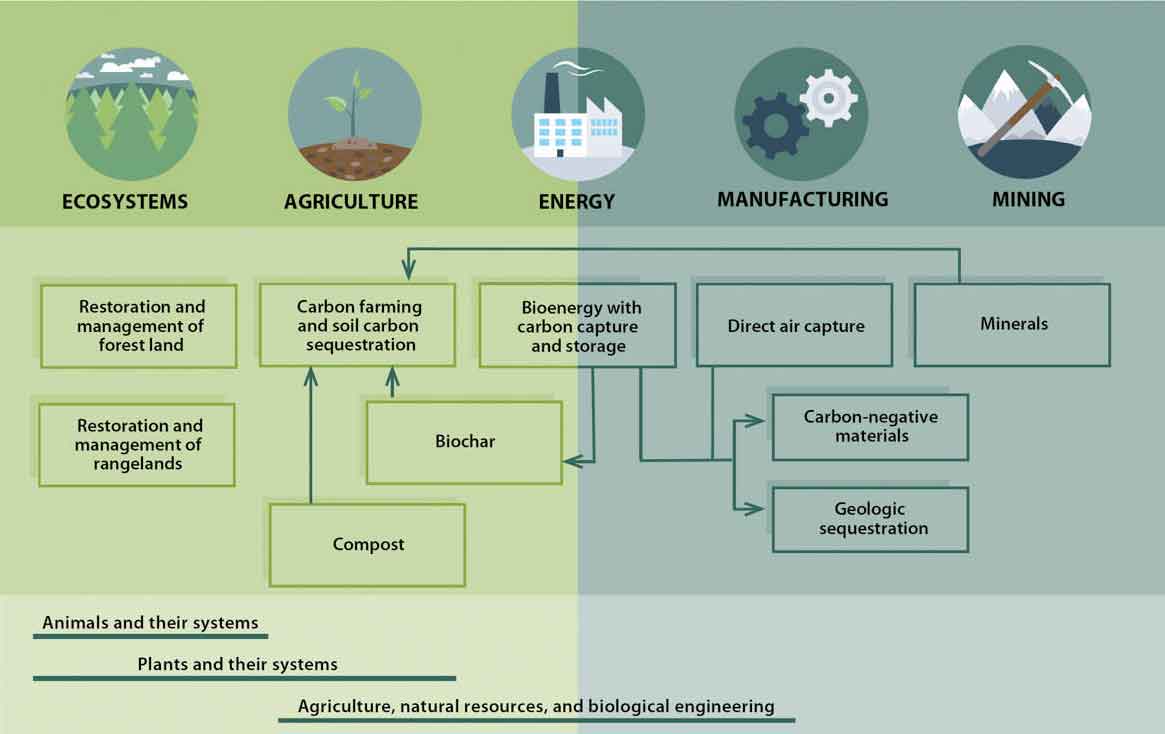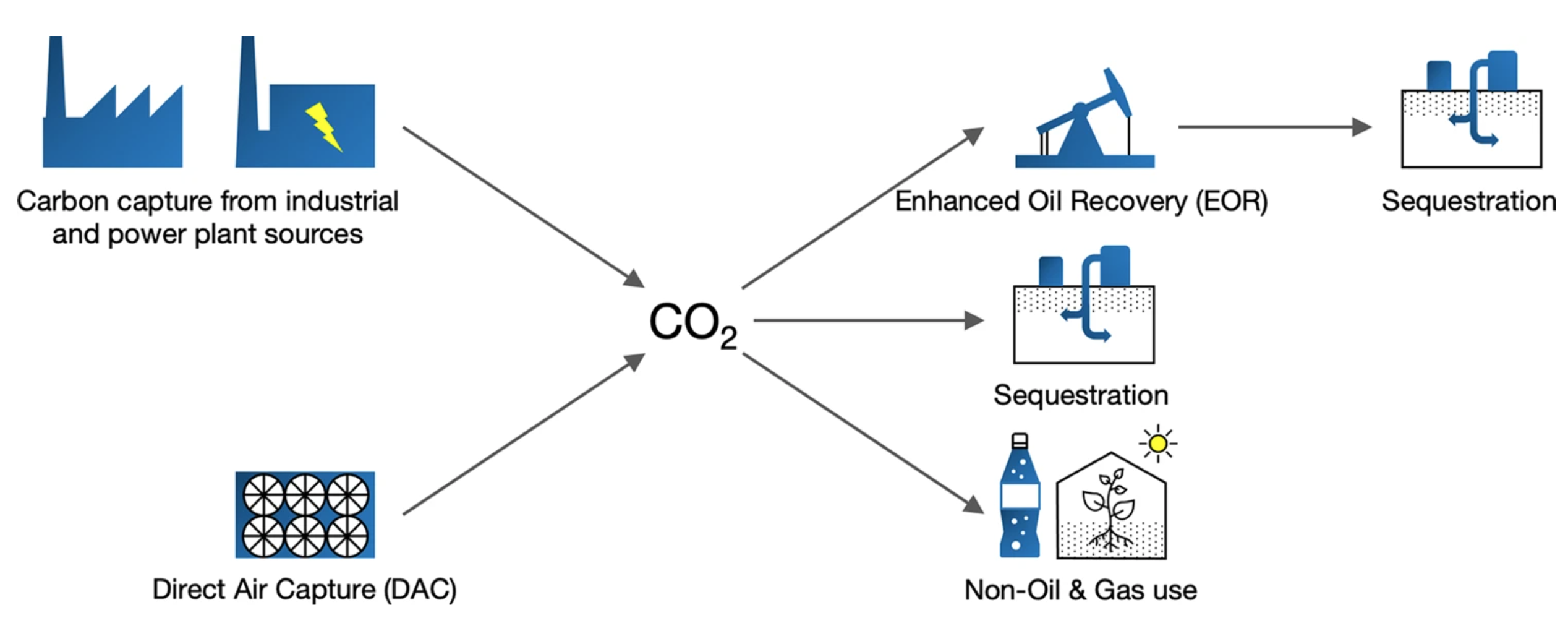

The researchers say that this work shows that an electrochemical alternative is possible and could help make continuous CO 2 capture-release technologies more practical for industrial applications. Additionally, they tested the device’s long-term stability and found that nearly 95% of its original capacity was maintained after several cycles of charging and discharging, demonstrating that the system was feasible. This cell required less energy than other, heat-based cells and was competitive with other electrochemical cells in initial experiments. In a prototype cell, they used these two ions as the basis for the cell’s cathode and anode. The researchers optimized the ion-swinging process with a combination of potassium and zinc ions. When the process was reversed and the cell charged, the cation was removed, and the cell could capture CO 2 and reform the carbamic acid in the process. When the cell was discharged, a strong Lewis cation interacted with the carbamic acid, releasing CO 2 and forming the carbamate amine.

The team first developed an electrochemical cell that could both catch and release emitted carbon by “swinging” positively charged cations across a liquid amine dissolved in dimethyl sulfoxide. So, Fang-Yu Kuo, Sung Eun Jerng and Betar Gallant wanted to develop an electrochemical cell that could easily and reversibly trap CO 2 with minimal energy input. Carbon capture could itself be electrified by using electrochemical cells, and these devices could be powered by renewable energy sources. But this also requires lots of energy, heat and industrial equipment - which can burn even more fossil fuels in the process. Excess gas can be trapped with carbon-capture technologies, which typically rely on amines to help “scrub” the pollutant by chemically bonding to it. For example, CO 2 is a natural byproduct of cement manufacture, and thus a major contributor to emissions on its own.

Many industries are turning to electrification to help curb carbon emissions, but this technique isn’t feasible for all sectors. The device operates at room temperature and requires less energy than conventional, amine-based carbon-capture systems. Now, researchers reporting in ACS Central Science have designed a capture system using an electrochemical cell that can easily grab and release CO 2. Microalgae genome technology for CO2 sequestration is an appropriate vehicle for articulating the importance of the current need and solution for reduction. With this approach, carbon dioxide (CO 2) is trapped before it escapes into the atmosphere, but the process requires a large amount of energy and equipment. Numerous carbon capture, utilization, and storage (CCUS) technologies are under development to reduce CO2 emissions. Carbon capture is a promising method to help slow climate change.


 0 kommentar(er)
0 kommentar(er)
